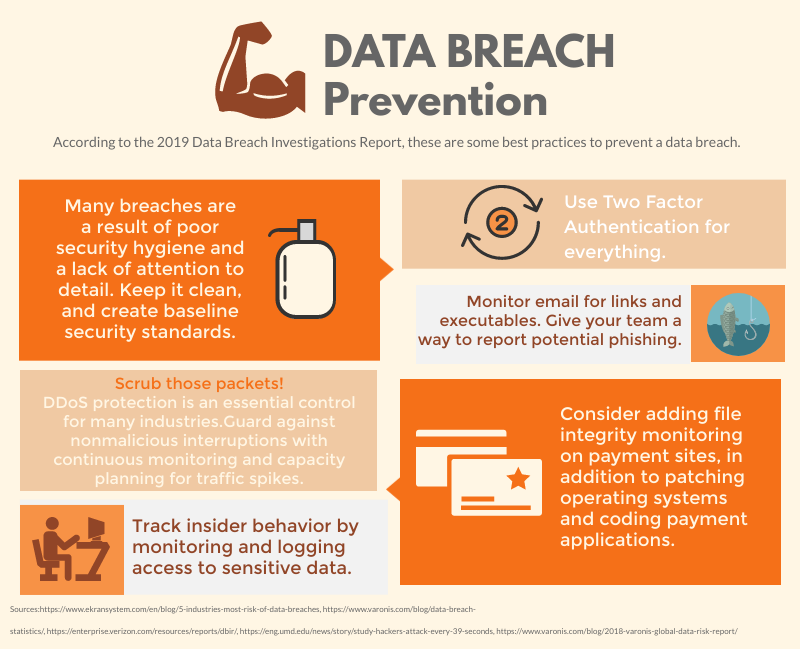
How closely connected the action and the harm are to one another.The cost and potential to choose an alternative to the action taken.Though states have different factors, most include:

So, for example, it’s foreseeable that deciding to drive drunk will result in a car accident - the person who decided to drink and drive was negligent.Ī majority of states, however, rely on a multifactor analysis to determine whether a duty existed. What this means is that if a jury finds that if the harm was foreseeable then, the actor was negligent. In some states, foreseeability is the only test required to create a duty of care. When that is breached, negligence is the result. Remember, a duty of care is a legal obligation one person owes to another to exercise reasonable caution when doing something that could foreseeably cause harm. For example, states have regulations that explosives manufacturers must follow to protect the community. A state may have a law or regulation that specifies steps that must be taken by certain people or companies. Some states have statutes or rules that specifically lay out the steps that are required as part of a duty of care. The plaintiff and defendant have a business relationship, such as innkeeper and guest, or they have a voluntary relationship, such as a person who invites the public onto their property.īecause each state has its own laws concerning breach of duty and negligence, there are different standards and interpretations.Example: The defendant drove without their lights on so a pedestrian did not see them and was hit. The defendant knew or should have known that their actions would result in harm to the plaintiff.Example: A drunk volunteer firefighter drops the person they are carrying out of a burning building. The defendant volunteered to protect the plaintiff from harm.

Example: A worker left a manhole cover off with no sign, causing the plaintiff to fall in the hole.

Your accountant has no duty of care to ensure you get treatment for your chronic illness. Your doctor has no duty of care to help you manage your finances. A store owner has a duty of care to clear ice off their sidewalk so patrons do not fall.Ī duty of care only exists when there is a relationship that warrants it. An accountant has a duty of care to prepare tax returns accurately. A doctor has a duty of care to meet the standard of care required by the patient’s condition. There are many situations in which people have a duty of care. The definition may seem simple enough, but in a negligence case, both “reasonable” and “foreseeable” can be important points of disagreement. In general, a duty of care is a legal obligation one person owes to another to exercise reasonable caution when doing something that could foreseeably cause harm.


 0 kommentar(er)
0 kommentar(er)
